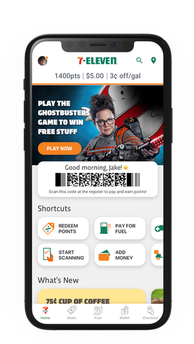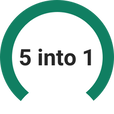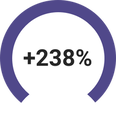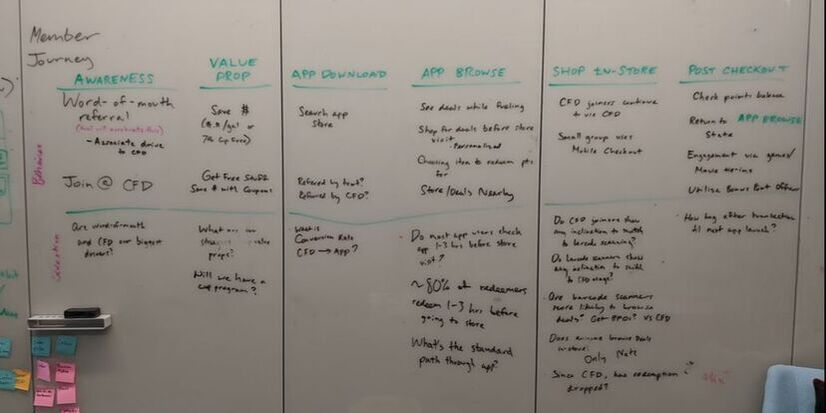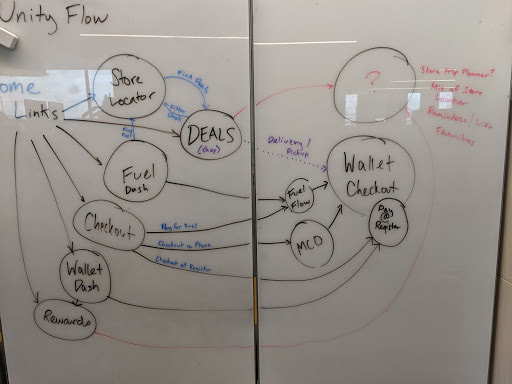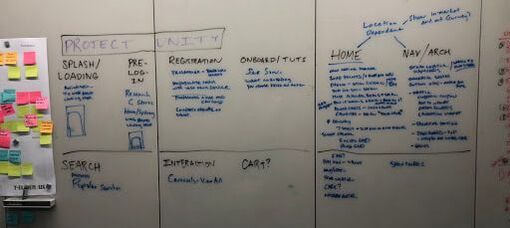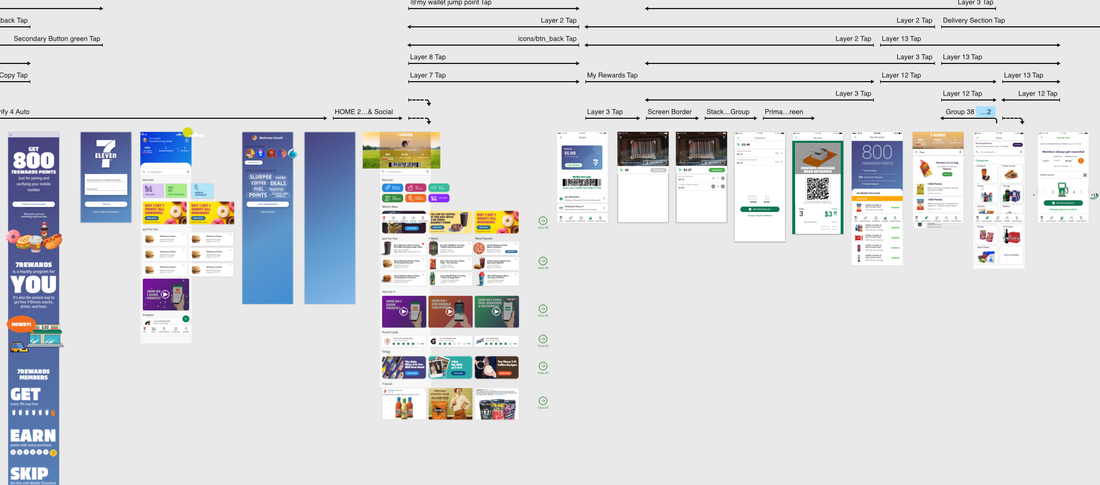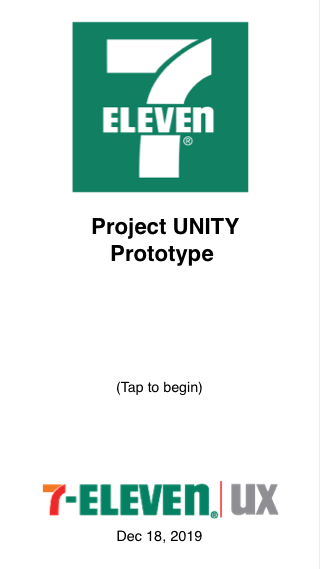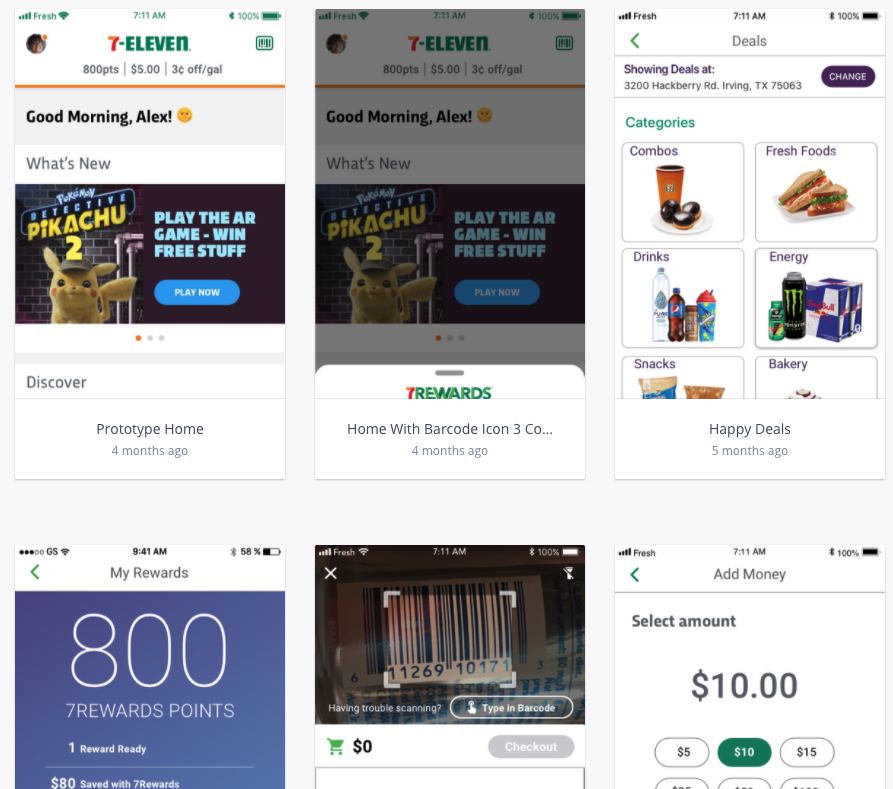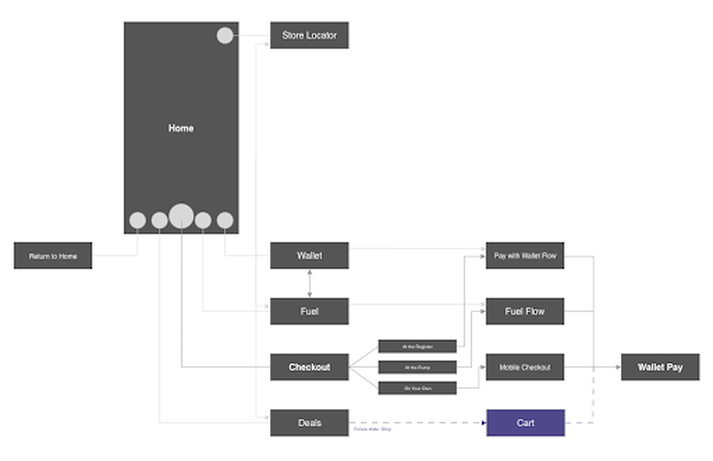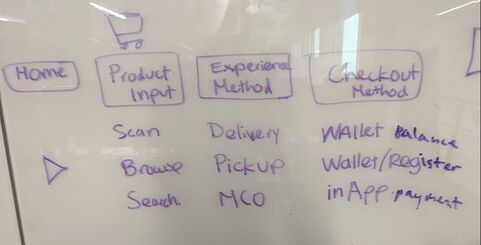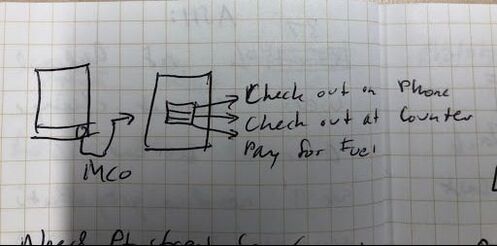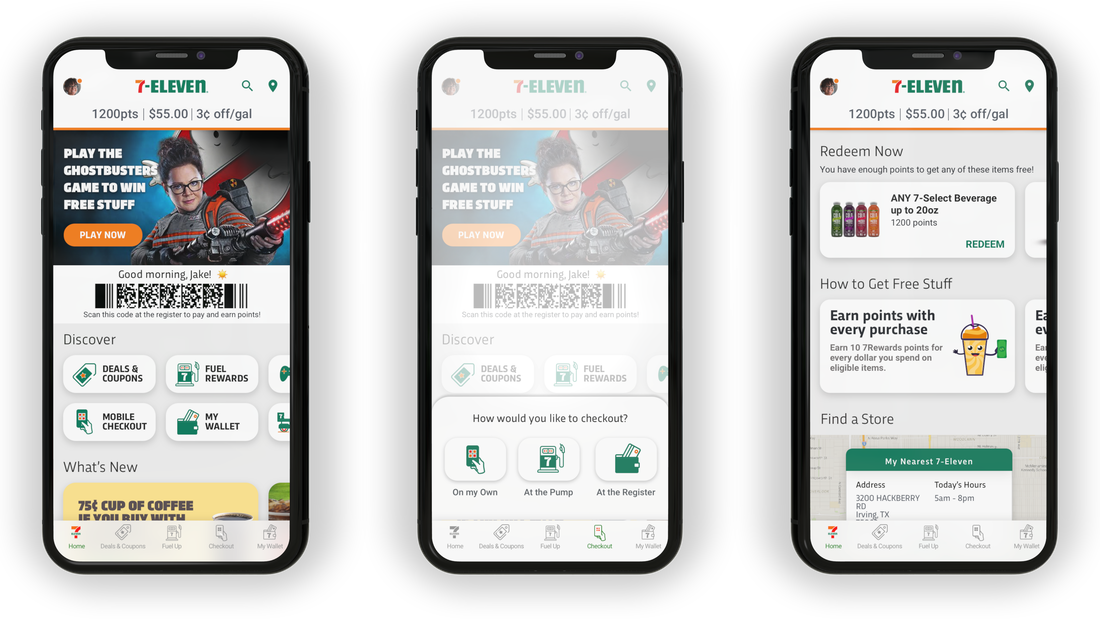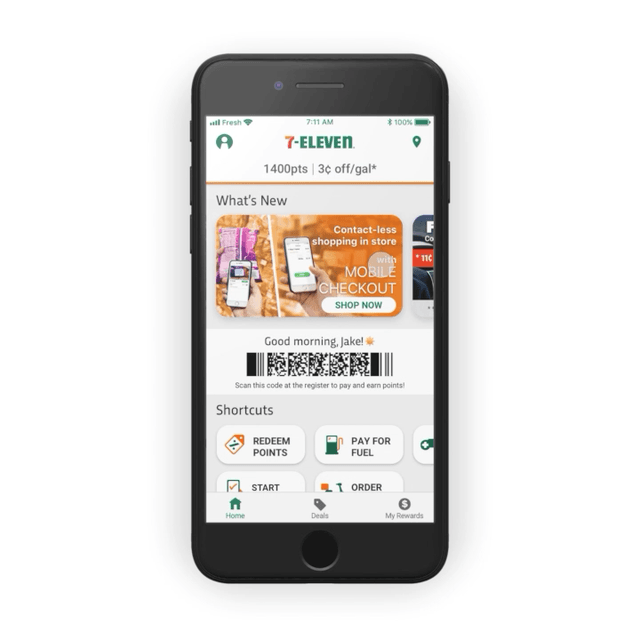key accomplishments:
drove $5.8M in incremental spend from v1 to v2 and a further $1M from v2 to v3 with the power of user centered design
won awards for user experience from The Association for Customer Loyalty, Convenience Store News, and more
drove $5.8M in incremental spend from v1 to v2 and a further $1M from v2 to v3 with the power of user centered design
won awards for user experience from The Association for Customer Loyalty, Convenience Store News, and more
